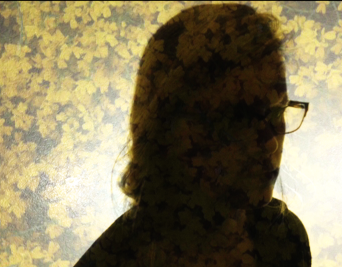
The Shrink and the Mental Health Stigma
The name in itself can make someone want to go inside themselves. Is that why it’s called a shrink in the first place? The stigma is prevalent, potent, and persistent in our society and it needs to be broken down and dissipated.
It started at work for me. It started as something small and then it became more gradual. It got to the point that I had to report harassment at my work. I never thought that would be me, right out of college and after about a year, I was in an unhappy situation. I had just moved from a different state, and was ready to quit because of the deep sadness that poisoned my soul.
That was when my doctor referred me to a therapist so I could cope with what had happened to me at work, for the way I was treated.

I got the chance to choose between a women empowering therapist and a motherly one. I knew empowered was the way to go. I started to work through getting through the harassment and to this day it still gets to me. But through this process I learned I also had some unfinished business within myself that needed some attending to. I also realized I had to develop healthier coping mechanisms when stress would arise. I’ve tried to ignore and not deal with confiding in some close friends and family (which is not a good idea). Not to mention the label of seeing someone for professional mental health. It’s frowned upon to say “I am seeing someone for help.”
I want to address this issue. Why is it wrong for someone to talk through their problems, especially to someone who has studied how to help them? There is this fear that people are “crazy” if they try to work through the issues at work within themselves.
Mental health is real. According to the National Alliance on Mental Illness about 1 in 5 adults in the United States experience some type of mental illness any given year (NAMI). There are millions of us out there or we at least know someone who actually might be dealing with a mental illness. Mental health issues vary from patient to patient and can arise from a variety of causes. It can be a mechanism we have created in ourselves it could be a result of a traumatic experience, it could be how are brain functions, the list goes on.
What is important is to make sure we as a society are OKAY with people seeing a therapist. It is OKAY for someone to use resources and tools to better their life so they can function better on a daily basis.
If we have an emergency we go to the hospital, if we experience a pain or illness we may go to urgent care or see a doctor. Our mental health must be taken into consideration as just as significant as our physical health.
It is a strength to find help for ourselves and find the desire to want to improve our circumstance and our situation. Despite society’s negative connotation associated with mental health, we must strive to normalize the importance and vital need for help for those who need and want it.
I have got to the point in my therapy sessions that I am actually excited to work through my problems. The stigma for myself has diminished, as I understand the beauty and precious reality of trying to improve one’s own mental health. For those considering seeing “a shrink,” you are not alone. For those who know someone seeing a shrink, be supportive they already have burdens to bare without the need of societal norms adding on an extra pile. We are people too.

(Food for thought): How can you help?
What resources do you have available to help those in mental need (being supportive, giving a phone number, letting someone know you care, legislation)?
What about those who do not have the necessary insurance they need to help with their overall mental health?’
Citing Sources:
“Stigma Free.” National Alliance of Mental Illness. 2016. Web. 24 April 2016.
https://www.nami.org/stigmafree
